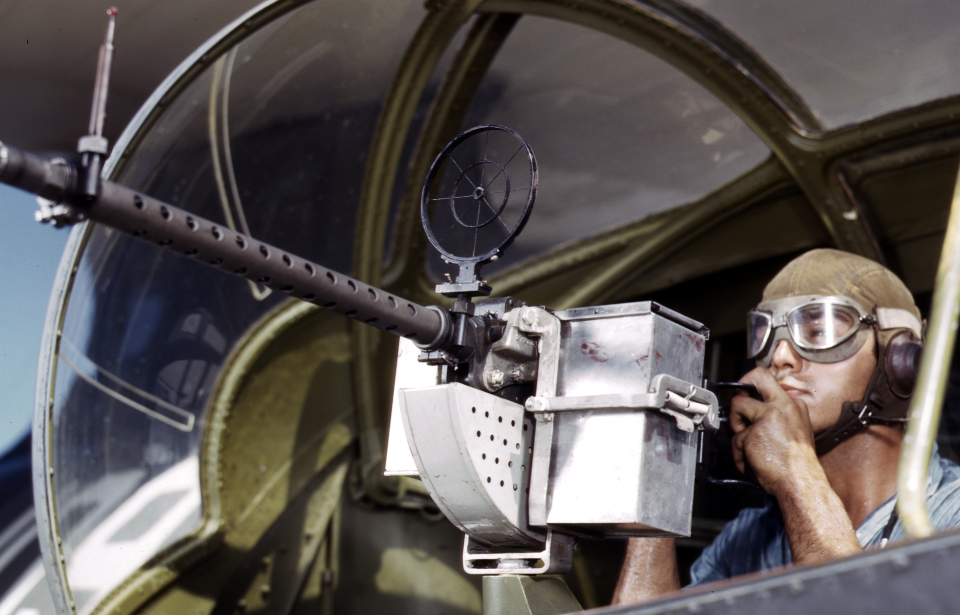The M1919 Browning machine gun is one of the most prolific firearms used by the US military, having seen use during the Second World War, the Korean War and in Vietnam. Since its development in 1919, the weapon has been adopted by militaries in over 70 countries, some of which still use it to this day.
Developing the M1919 Browning
The most groundbreaking feature that set the M1919 Browning apart from other models was the transition from water-cooled to air-cooled guns. The air-cooled M1919 was easier to maintain in combat, as it no longer required a water jacket, water or condensing can like the M1917 Browning. Without proper cooling, the intense rate at which machine guns like the M1917 fired would create enough heat to seriously damage the weapon.
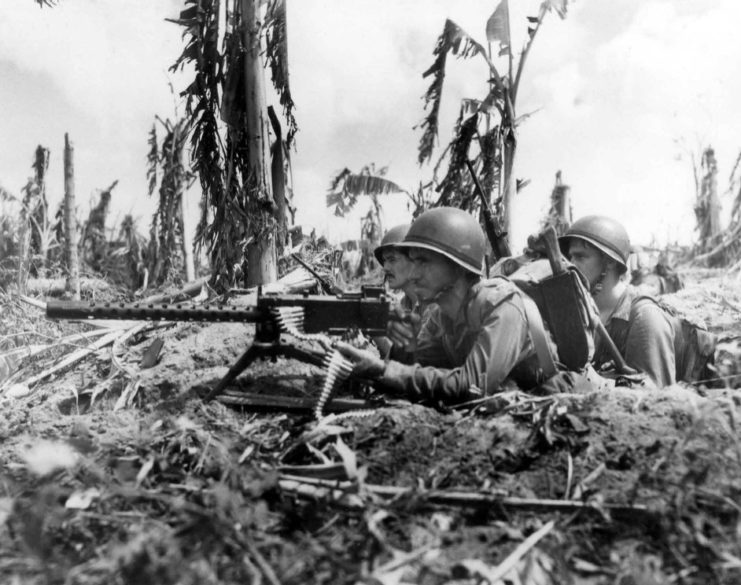
Air-cooled models like the M1919 were also adaptable to almost any circumstance and could be easily mounted onto vehicles and tanks or used as an infantry squad automatic weapon. It could also be modified to chamber 10 different cartridges, including the 7.62 NATO and the .303 British, and further adaptions allowed it to use a metal M1 ammunition link – the very first disintegrating belt, which allowed any quantity of rounds to be added.
The reliability and effectiveness of the M1919 wouldn’t have been possible without the ingenuity of John Browning. Browning made his guns out of larger parts, which extended their lifetime, and his rigorous testing regimen was at a much higher standard than that conducted by the US Army.
Still used 100 years later
The first major conflict the M1919 Browning saw was World War II. Considered a company support weapon for Allied infantry, a five-man crew was required to operate the weapon: a squad leader, the gunner, an assistant gunner and two ammunition carriers. It could fire 500 rounds per minute and, despite its flaws, was considered the standard US light machine gun.
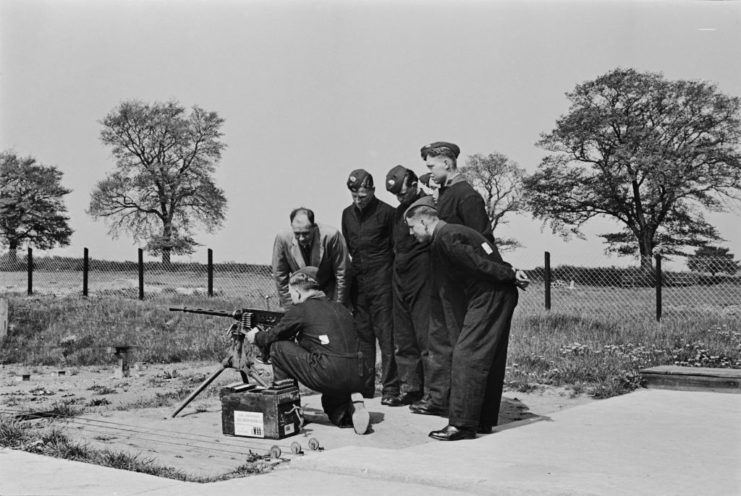
The Allied forces used the M1919 against both personnel and military vehicles with thin armor. By the end of the conflict, and toward the beginning of the Korean War, the original M1919 had changed drastically – evolving into the M1919A6. The A6 was adapted to serve as a light machine gun, but was still too bulky to be the best choice for infantrymen.
In the late 1950s, an M1919 was reconfigured for remote firing and added to the XM1/E1 armament subsystem used by Bell OH-13 Sioux and Hiller OH-23 Raven helicopters. It was designated the M37C. During the Vietnam War, the US Navy adopted the M1919A4 and converted it to chamber 7.62 mm NATO cartridges. These M1919 variants were designated the Mk 21 Mod 0 and used by naval riverine warfare patrols.
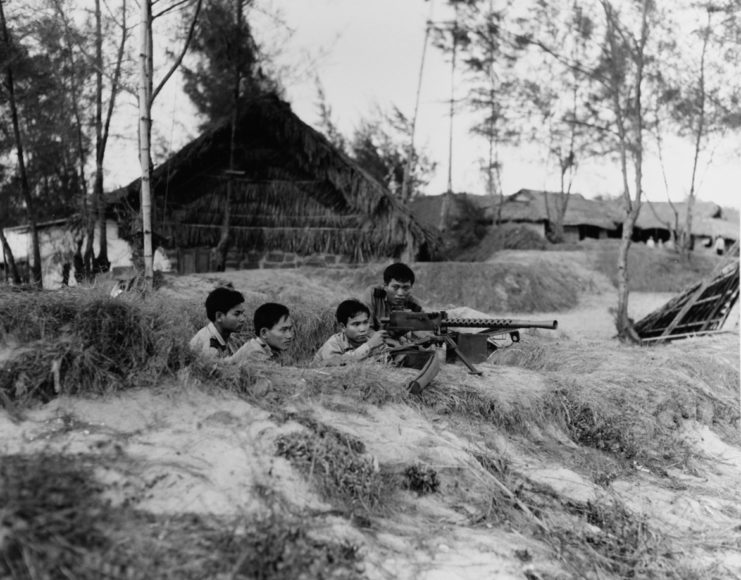
The M1919 Browning was also extremely effective in aircraft. A team of Belgian firearms engineers remodeled it into a .30 caliber M2 aircraft machine gun, and it was widely used as both a fixed offensive and flexible defensive weapon. Unfortunately, the .30 caliber was notoriously difficult to repair.
By the 1990s, the M1919 was being phased out by a number of military forces around the world, including the Israeli Defense Forces and the US Armed Forces. However, Browning’s 100-year-old design remains a reliable weapon in many parts of the world. As of 2020, the Vietnamese Army still uses M1919s that were seized from South Vietnam in 1975. Even the 7.62 mm NATO cartridges used in adapted M1919s are manufactured in Vietnam, making them an ideal and reliable piece of machinery.
The M1919 Browning was constantly evolving
As tensions began to rise in Europe in the later 1920s and early ’30s, warfare was rapidly changing. Trench warfare was no more, and the widespread use of vehicles on the front meant the reliable, but heavy M1917 needed a facelift.
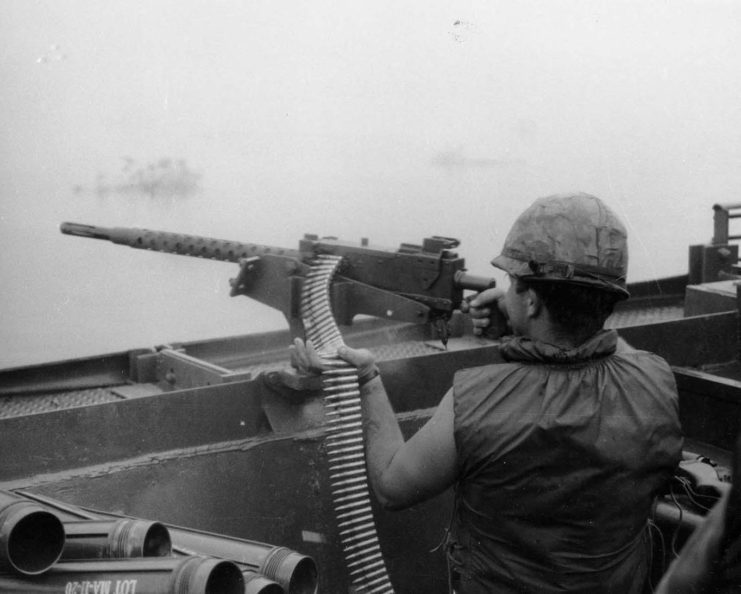
The M1919 was originally designed as a tank gun, but the need for a lightweight infantry machine gun dragged Browning back to the drawing board. The M1919A1 included sights, a bipod and a lighter barrel for infantry use. The A2, a lighter version, was introduced in 1922 with a unique tripod mount designed for cavalry service, while the A3 featured slight improvements for infantry use.
Finally, Browning settled on the design for the M1919A4 machine gun. It featured fixed and flexible mounts for easier use by infantry and when mounted on vehicles like the M3 Stuart. It’s considered the most common M1919 variant and is still used in small numbers around the world.
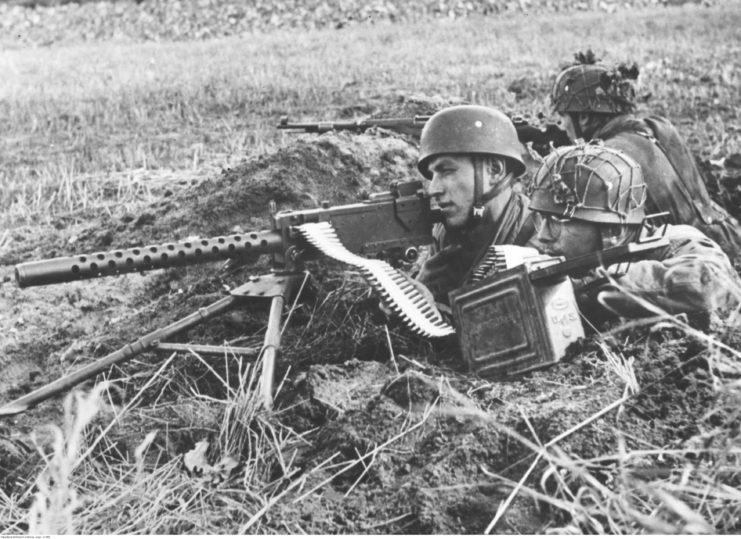
The M1919A4 was a belt-fed machine gun that weighed 31 pounds and primarily chambered the .30-06 Springfield ball cartridge. Its design was finalized in 1936 and was so simple to manufacture that no firearm-building license was required. Leading up to and throughout the Second World War, the Buffalo Arms Corporation, Rock Island Arsenal and the Saginaw Steering Gear division of General Motors manufactured 500,000 units.
Changing war as we know it
Throughout World War II, Browning continued to adapt the M1919 to fit new calibers, methods of operation and varying environments. The advent of other lightweight machine guns – such as the MG 34 or MG 42 – led to the renewed development of M1919 models to create a less static weapon that could be of greater use to infantry fighters.
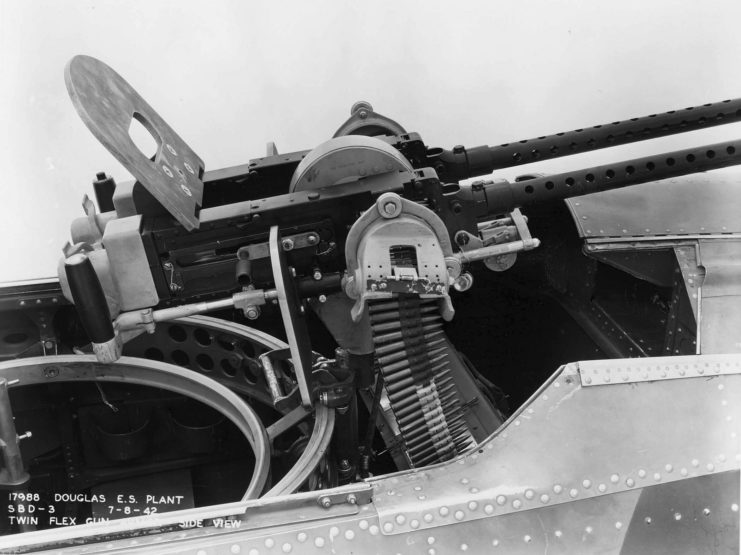
Browning added a wooden buttstock and bipod to create the M1919A6. It weighed 32 pounds, a one-pound increase from older models. Unfortunately, the band-aid solution didn’t improve the M1919 as well as Browning had thought it would. Despite this, by the end of the Second World War, the M1919 had conquered the land, sea and sky, and was mounted on tanks, vehicles and aircraft from nearly every Allied force.
The ingenuity and efficiency of the M1919 shaped the future of gun design and manufacturing in the US. The evolution of the M1919 shows the power of working with what you already have, rather than reinventing the wheel with every new issue that arises.
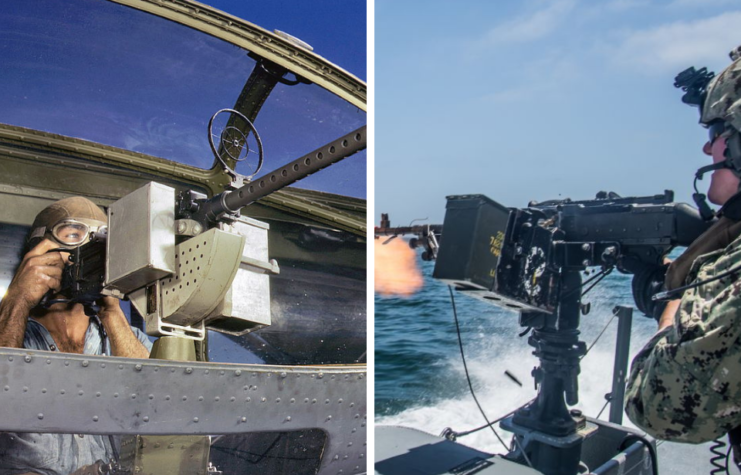
More from us: Lahti L-39: The Anti-Tank Weapon the Finnish Nicknamed the “Elephant Gun”
Revolutionizing of air-cooled machine guns, championing adaptable ammunitions capability and the sheer power of this iconic firearm have paved the way for the modern and innovative weapons that set the US apart both on and off the battlefield.
